Makeup is said to be empowering. But do we really know who it is empowering?
Beauty brands leave no stone unturned in marketing their products and in the process leave out some very important facts or information we as consumers should know. Believe me, if we knew the truths that the beauty industry has been hiding from us, we would look at cosmetic products differently.
1. Mica, one of the most important mineral ingredients used to add shimmer and sparkle in cosmetics, involves thousands of children working in the mines in India.
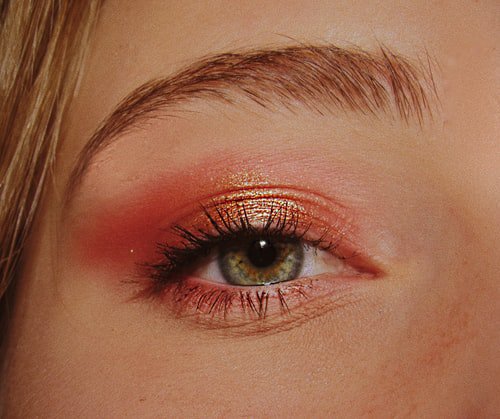
Indian states of Jharkhand and Bihar are known for their mica. Children are employed in these mines and they risk their lives every minute.
This short documentary by Refinery29 gives a peek into the lives of children employed in mica mining in Indian villages.
2. Lipsticks of darker shades contain more quantities of lead in them.
In 2011, FDA posted the results of certain tests and revealed that the levels of lead in Maybelline and L’Oreal lipsticks were 7.19 ppm and 7.0 ppm, respectively. While this was lesser than FDA’s permissible limit, it led to a huge debate and it is believed that beauty brands continue to usee a certain amount of lead in lipsticks, the content being higher in the darker shades like red.
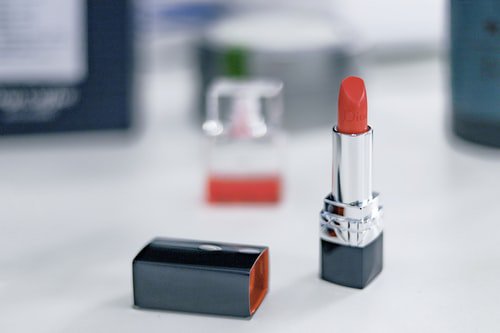
3. Formaldehyde, a great preservative is also a known carcinogen, and is used in several cleansers, moisturisers and other beauty products to prolong their shelf life.
In 2013, FDA suggested that nearly 1 in 5 cosmetic products contains a substance that generates formaldehyde, a known human carcinogen.
While things are changing, several nail polishes, nail polish removers, hair products like baby shampoo and soap, still contain formaldehyde or substances that release formaldehyde. Even some hair straightening products and keratin treatments contain formaldehyde.
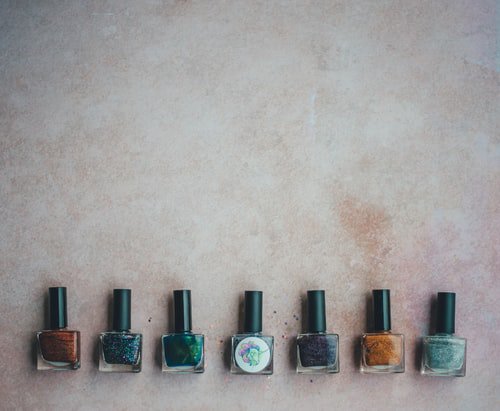
4. Many lipsticks contain fish scales.
Fish scales possess glowing pearl-like quality which makes it one of the main ingredients in shimmering makeup, such as eye shadow and lipstick.
How can you tell if your makeup contains fish scales? Check the ingredients list for guanine, it’s a crystalline substance made from fish scales.
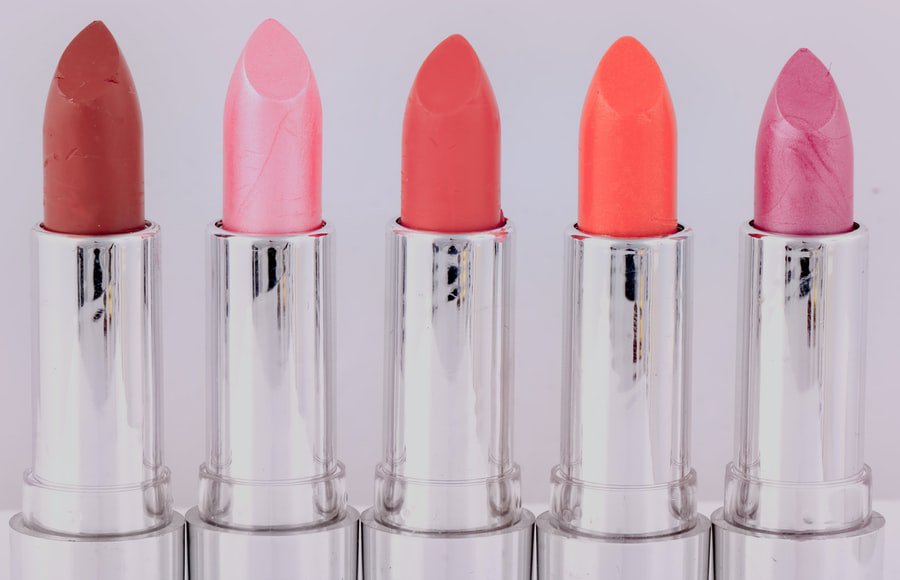
5. Cruel methods are deployed to extract mucus from captive snails for use in moisturisers.
Snail slime is rich in the humectant hyaluronic acid and has skin hydrating properties. It’s the latest fad among consumers. You can check if snail slime is used in your cosmetic products if they mention helix aspersa muller glycoconjugates as one of the ingredients.
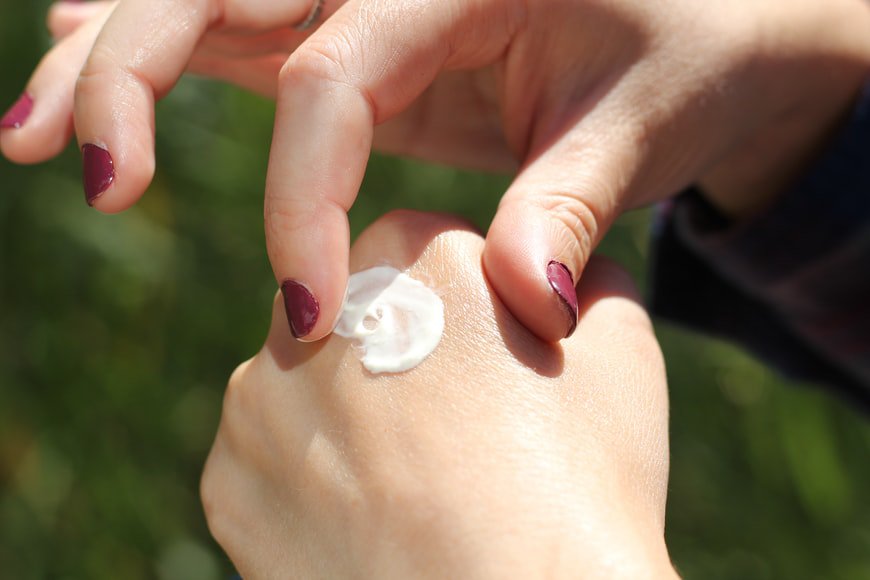
6. There are creams and face masks that use placental extracts and at times animals are slaughtered for their uterus.
Placental creams are cosnidered to be nourishing, anti-inflammatory, antioxidant topical serums that help in skin repair. If the product you are using contains placental extracts, you’ll see afterbirth, placental polypeptide protein, or placenta in the ingredients.
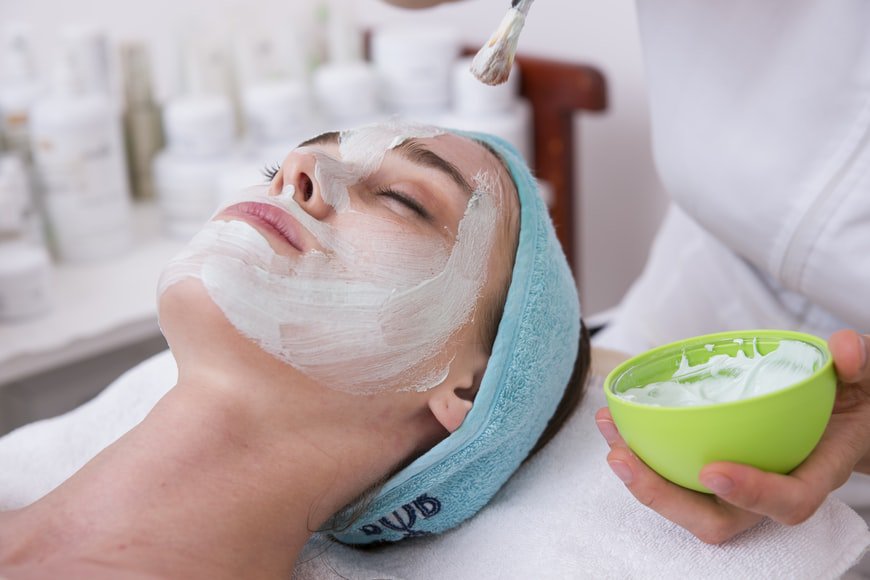
7. Female cochineal bugs are dried in the sun and smashed to extract Carmine used in your lipsticks.
Although Carmine is listed as safe for consumption by the FDA and is increasingly being used as a substitute for other carcinogenic dyes, there have been concerns about killing thousands of bugs for one pound of Carmine.
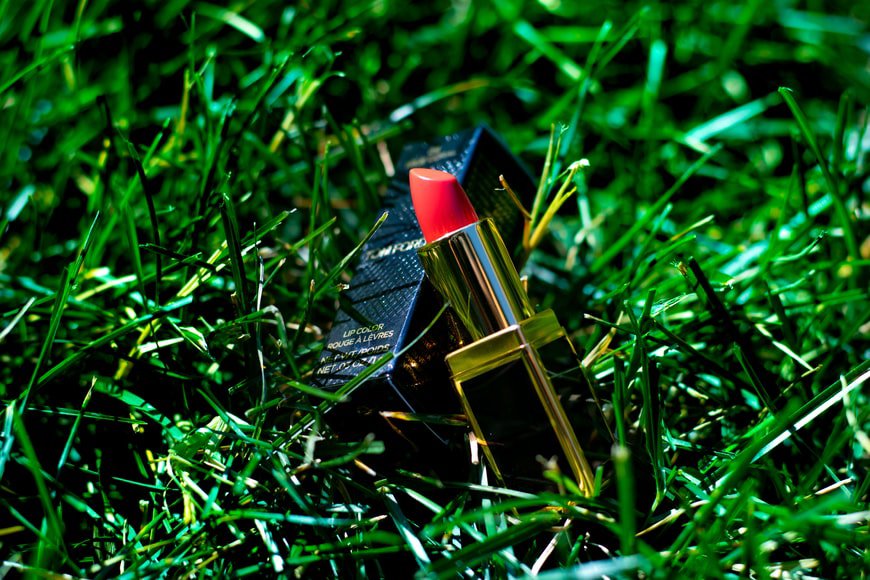
8. The chemicals used in your nail polishes can be deadly.
According to a research, every time we polish our nails, we absorb at least one hormone-disrupting chemical that can be very damaging to our bodies. The chemical, triphenyl phosphate (TPP) makes nail polished more sticky, and it can be absorbed through the skin.
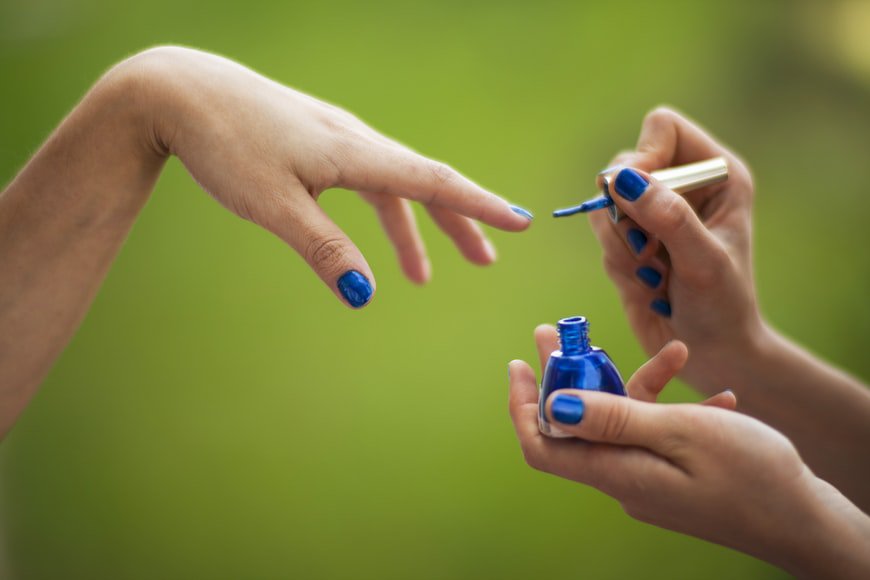
9. You don’t always need to throw away the broken compacts.
The brauty industry doesn’t want you to know that you can fix the broken compacts by press it together back in the tin using a spoon. Just add a bit of rubbing alcohol to smoothen the powder.
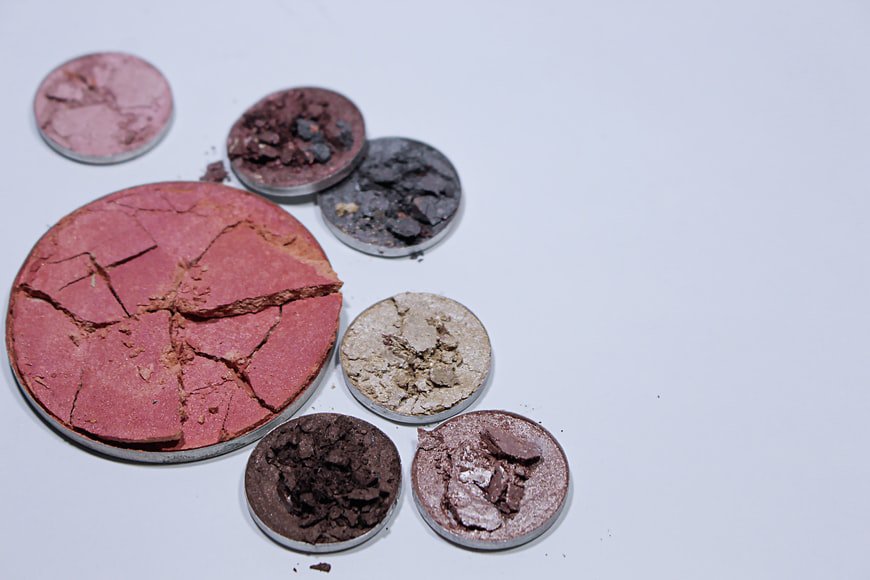
10. All collagen boosting creams and serums cannot really increase collagen in your skin.
Collagen molecules are so big that they cannot penetrate into your skin on their own. They need to be broken down into amino acid or peptides which are then absorbed by your skin. So, do not fall for products that are labelled as collagen boosters.
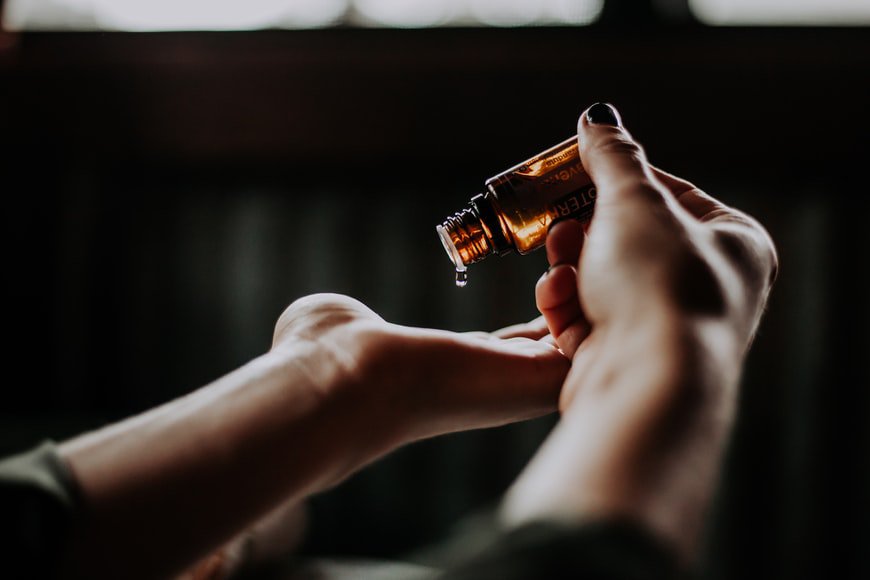
How many of these did you know?













